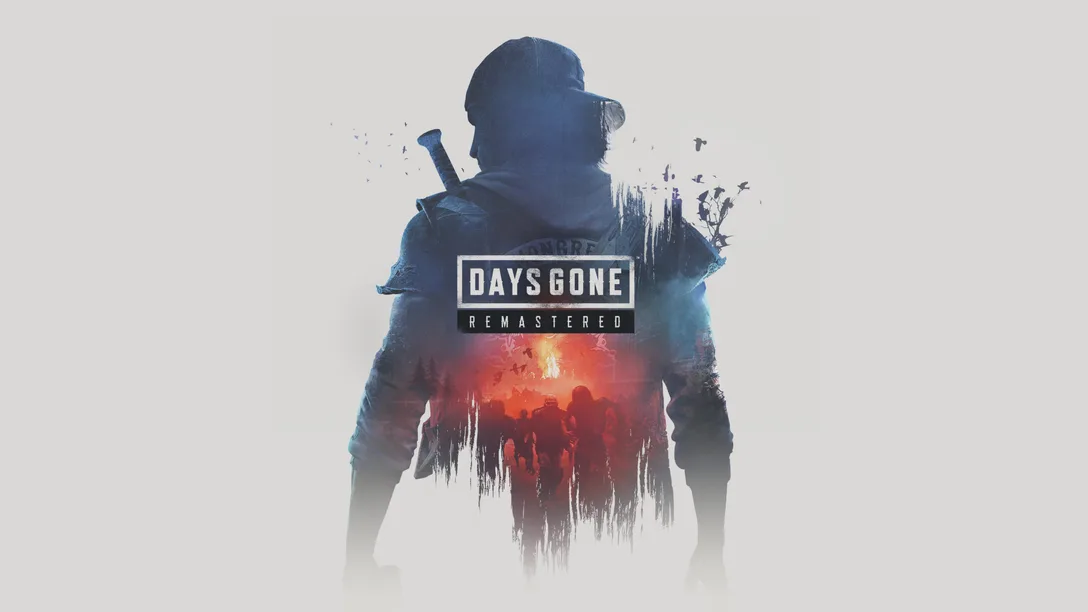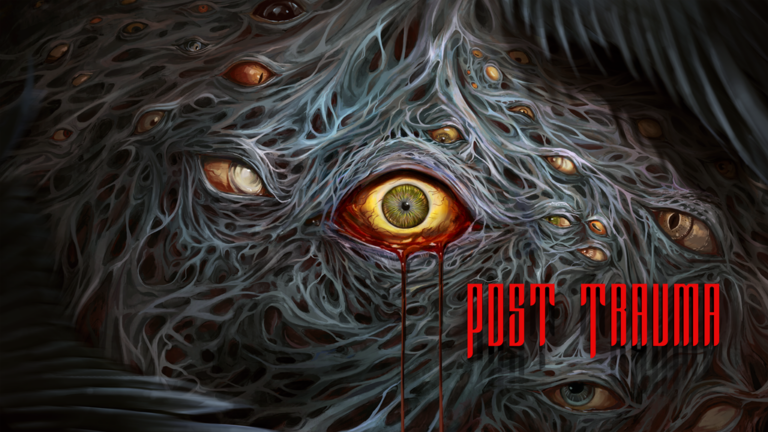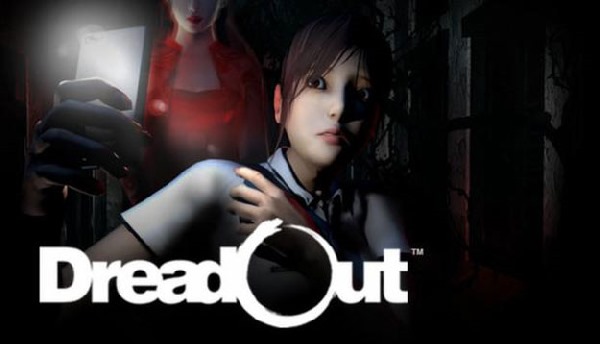
In the late 90’s and early 2000’s survival horror was as thriving as any other genre. Whether you were in love with the macabre storytelling of Silent Hill or were more a fan of the B-movie approach in Resident Evil, there were many ways in which a horror fan could be satiated in those days. Since then, however, survival horror games of this vain have nearly all but disappeared. Even in the recent resurgence of horror games, you’d be hard pressed to find a title that’s structured like those aforementioned games of the past. Developer Digital Happiness wants to take us back to the good old days with DreadOut. Combining old school survival horror staples with Indonesian folklore for an experience that looks to be both nostalgic and fresh at the same time.
It’s important to note that this review is only for the first act of the game, as Digital Happiness is releasing DreadOut in an episodic-like fashion. The first act will be available on May 15th on Steam, with the second Act coming at a later to be announced date. The second act of the game will be available free of charge to everyone that purchases DreadOut on Steam. There will also be a free roam mode that’ll be released as paid DLC at a later date as well.
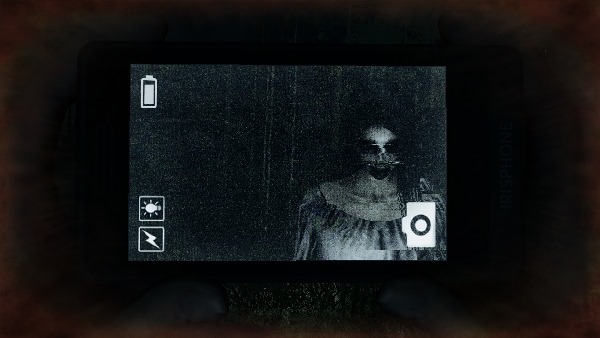
DreadOut puts players in the shoes of Linda, a high school student out on a field trip with her teacher and several classmates. Though what begins as a happy field trip turns into a series of very unfortunate events, as Linda and her classmates end up in a deserted town that’s home to evil spirits. As you can tell, the plot of DreadOut is pretty familiar to anyone that’s watched a horror movie in the past few decades or so. Act 1 is fairly light on story, and you don’t really get to know most of the characters that well at all because your opportunities to speak with the rest of the cast are quite limited. Linda herself is a silent protagonist, so we never really hear her own thoughts on what’s going on around her either. It’s a bit of a puzzling decision on the part of the developers to make Linda not speak when for the majority of the experience you’re on your own. Even a little monologuing could have gone a long way in terms of helping set the tone of the game.
Despite how sparse the story is in Act 1 or how many horror tropes are apart of it, there’s an oddly endearing nature to the experience. The game very much reminds me of 2010’s Deadly Premonition, in that the cutscenes and character interaction is often quite humorous and goofy. Which isn’t a bad thing at all, in fact it’s a nice change of pace in the survival horror genre.
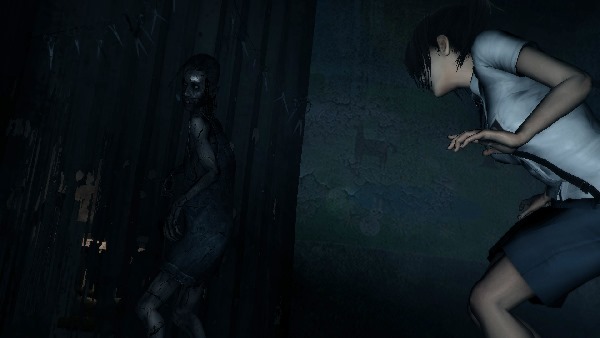
While the story is probably not as hefty as it should be in the first Act, the gameplay is showcased in a much more plentiful manner. Your primary tool in the game is Linda’s smartphone, as it’s what you’ll be using to interact with virtually everything in the environments. Much like Tecmo’s Fatal Frame series, Linda can use the camera on her phone to ward off and defeat enemy spirits. Normally it’s just a matter of letting the enemy get close enough before you can do any damage to them, but in some instances there are some interesting mechanics to an encounter. For example, there’s an enemy spirit I have to stun them by taking a picture, then get a clear shot at the weakness on its back. Generally, these sorts of weaknesses tie into the lore behind each malevolent spirit. DreadOut does a pretty great job of presenting the various ghosts and spirits as unique entities. There aren’t really enemy types as each ghost you encounter has its own backstory, and thus each time you run into an enemy it’ll be something new each time.
Though Linda’s smartphone is used for far more than just combat, it’s also a tool used for solving puzzles and discovering hidden objects in the environments. There are multiple instances in the game where something may not be visible until you bring up your camera to look at it. In one particular moment, where I was stuck in what seemed to be an infinitely sprawling hallway, the camera was the only means to escape the situation. Basically, I had to scan the environment with the phone looking for clues as to how I should proceed when I came across a hidden door that was not visible to the naked eye.
One thing I feel is important to touch on before moving on to presentation is DreadOut‘s controls. The game controls much like any other traditional over the shoulder title, and it works great with a mouse and keyboard. However, the game does have controller support, the problem being it feels very unfinished. I played through the first act entirely with a controller just to see how it all worked, but there was a strange issue where Linda kept walking towards the camera whenever I stopped moving her myself. It’s surely something that can be patched at a later date, and I hope it does get fixed because if the option to use a controller is there it should work.
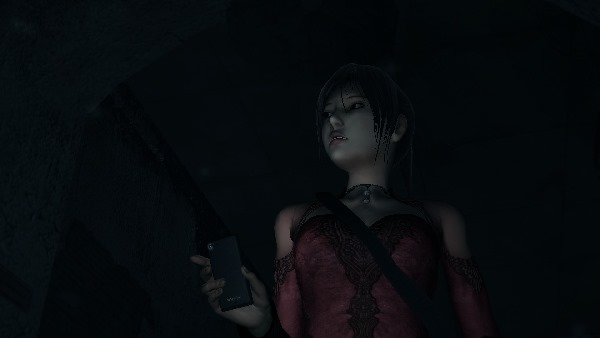
The presentation in DreadOut is a bit of a mixed bag, but there are more good things to talk about than bad. On a technical level, the game isn’t much of a looker, probably due to the fact that the game had a very small budget. A lot of the texture work is noticeably low resolution, and no matter how high you crank up the video options it looks fairly dated. However the art direction is what really elevates the presentation beyond the technical shortcomings. The school environment in particular looks quite beat up, broken down, and lived in. Even despite how low-res the textures generally are you really get the impression that everything was handcrafted in this game, as reused textures are a rarity. It also helps that the flashlight coupled with darkness helps hide a lot of the low-res textures, too.
The animation work is probably the weakest point of the presentation as a whole, particularly what you see from Linda and the rest of the cast in the game. Everyone has this awkward marionette-like jerkiness to how they animate, though, again, I found it actually added to the charm of the game rather than take me out of the experience.
The sound design yet again suffers from mixed barrage of good and bad points. The voice acting is competent, but you’re not going to get emotionally invested in these characters from the VO alone. A lot of the line delivery is really hammy; again I found it endearing, but it may not be everyone’s cup of tea. To contrast the weak voice acting, the game actually has a pretty great soundtrack. There’s a lot of ambient tracks that help set the mood in some of the creepier environments, as well as some full on industrial-like music that ramps up during certain enemy encounters.
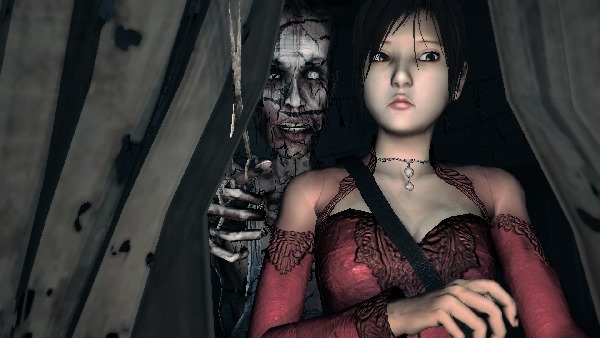
One thing that may be a deal breaker for some people when it comes to purchasing DreadOut is the length of the first act; it’ll roughly last you around 2-3 hours at most for a single playthough and it ends rather abruptly. The game has a lot of hidden details and areas, and is clearly built for multiple playthroughs. On my 3rd time through the game, I ended up doing some backtracking to see what I could find, and I discovered three different spirits I had not seen previously. Word is there’s even a secret boss fight, though I have yet to encounter that one myself.
While the first act of DreadOut is undoubtedly rough around the edges, it’s quite apparent that Digital Happiness put a lot of time and effort into the project. Hopefully the critiques lobbied at this first entry inspire the developers to polish out some of the problems so they are not also in the Act 2. They’re onto something special with this game, and it really did take me back to that golden age of survival horror I spoke of earlier. So the ball is once again in Digital Happiness’s court, and I’m quite excited to see how the rest of DreadOut plays out.
 (7 / 10)
(7 / 10)
Good
 (7 / 10)
(7 / 10)
 Levit0
Levit0